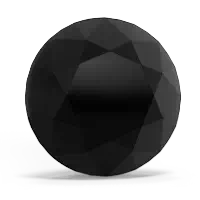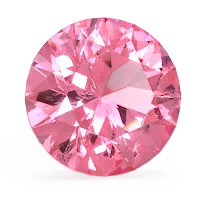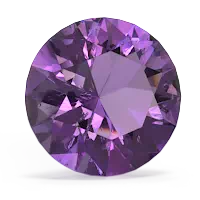


A perfect stone for nighttime wear, a black onyx pendant looks elegant and stylish in white or yellow gold. A sapphire is said to bring serenity and purity to the wearer. Wear a pink sapphire pendant for serenity and purity with a splash of fun and irreverence. An amethyst pendant is said to bring spirituality, tranquility and peace to the wearer. It is even said to help one succeed in business.